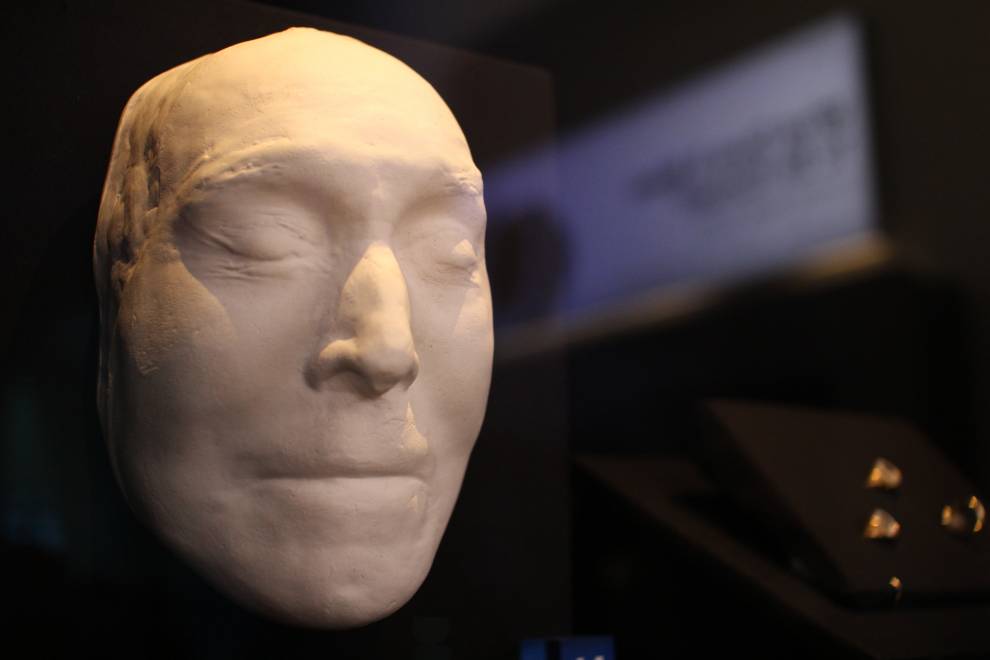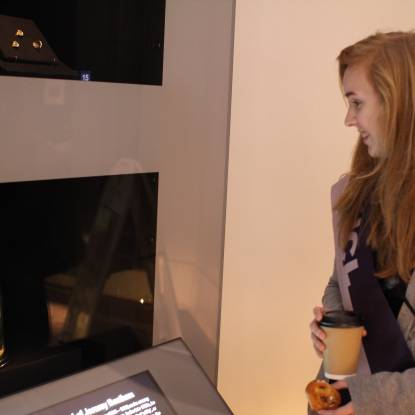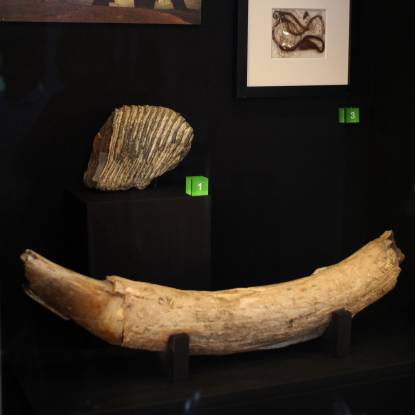Bentham's death mask
Bentham's death mask
Phrenology sought to connect physical features of the head and face with character and behavioural traits and was becoming popular in the early 1800s. It was fashionable for wealthy or renowned social figures to have their heads or faces cast in life masks.

In 1838, the famous British phrenologist George Combe noted of Bentham’s mask that “the knowing organs are large, and reflecting organs only full. Love of Approbation is enormous, and concentrativeness only full’.
Mainly discredited as a science by the 1860s, phrenology nevertheless continued to influence race theory and Francis Galton’s ideas around inheritance and eugenics in the late 1800s.
 Close
Close




